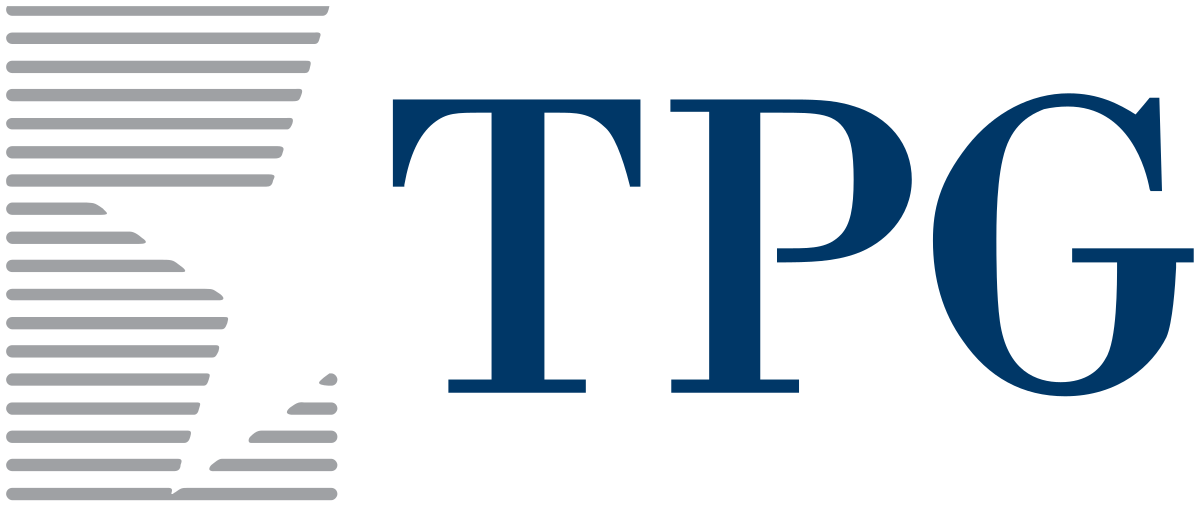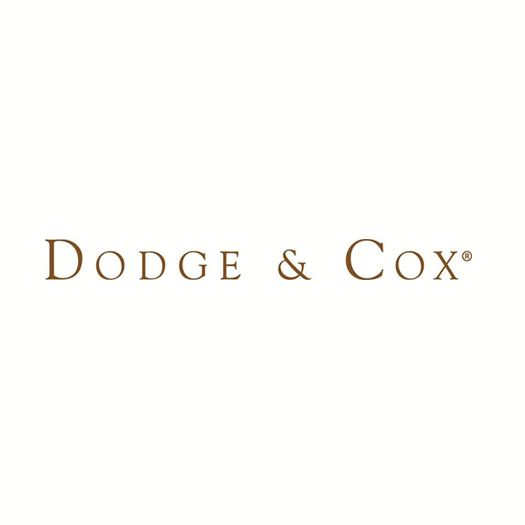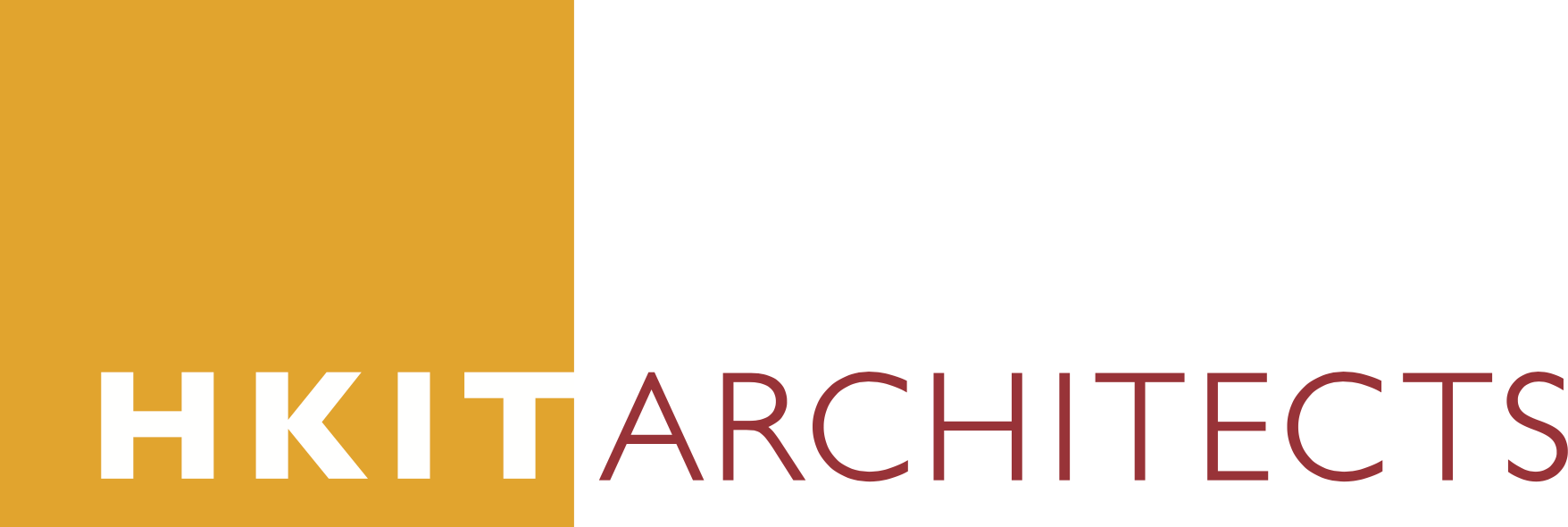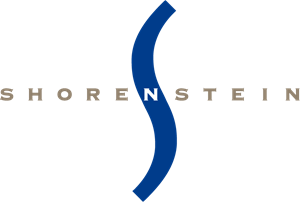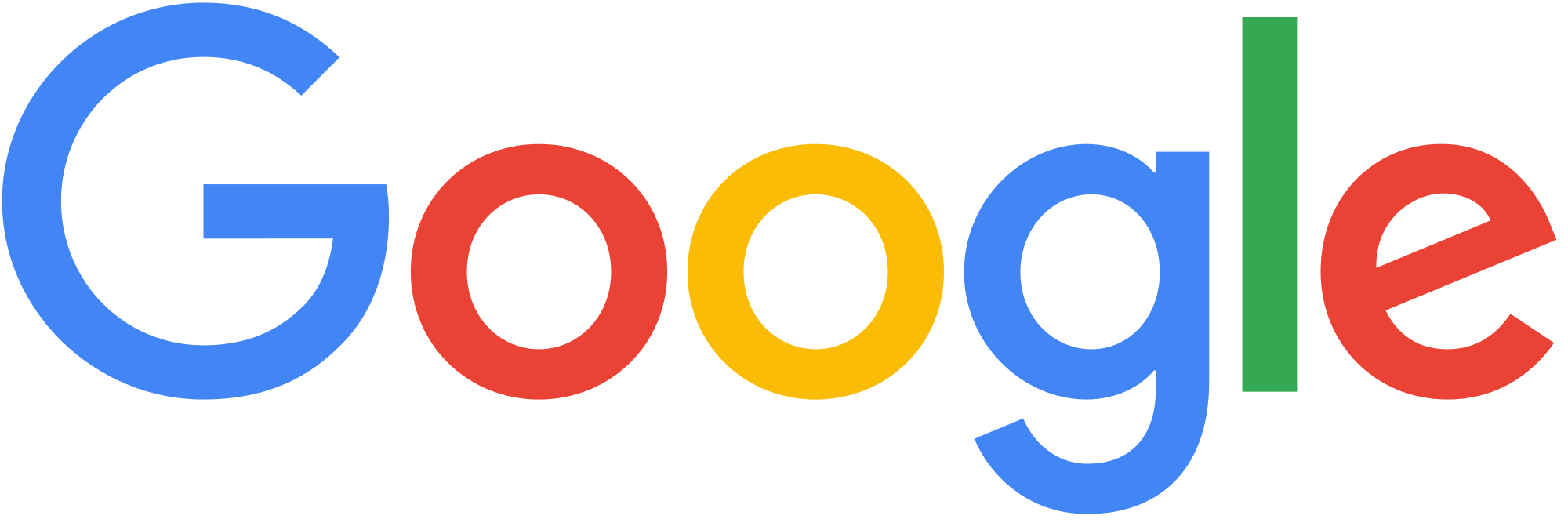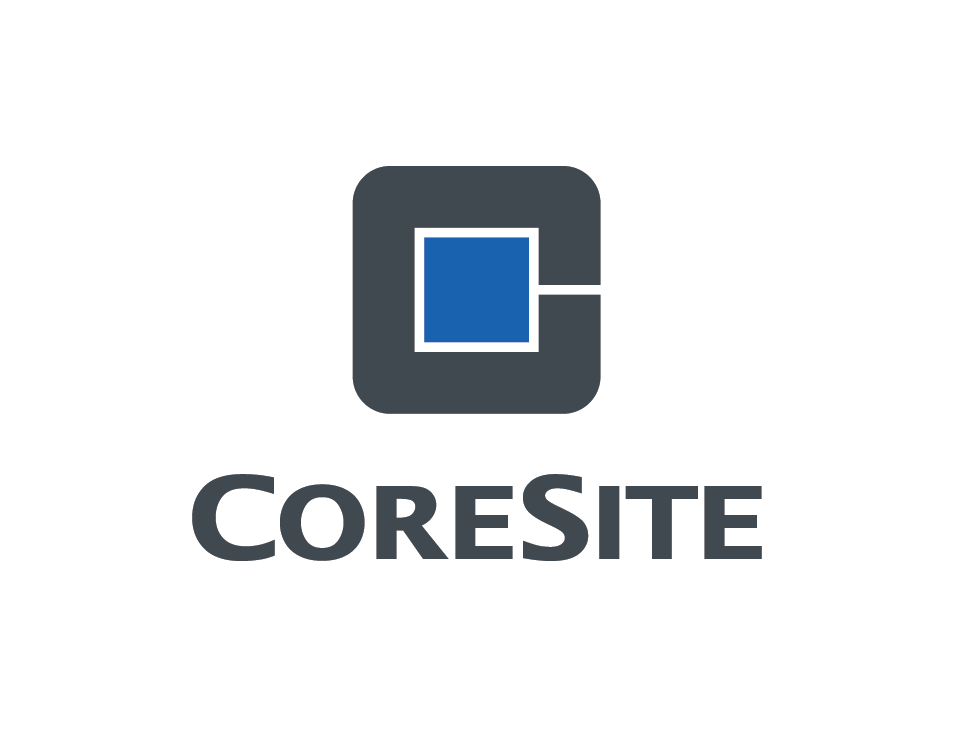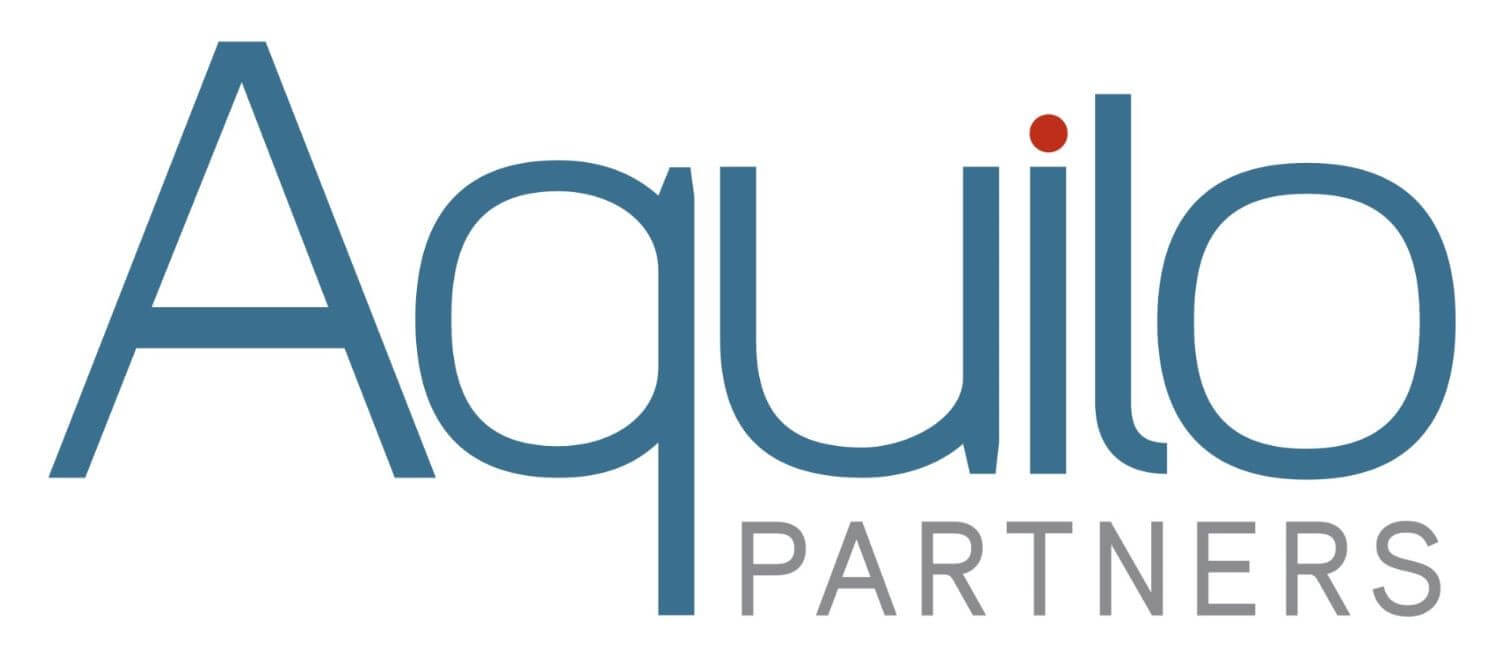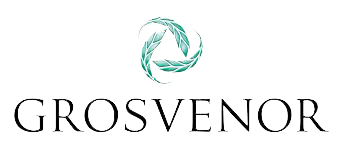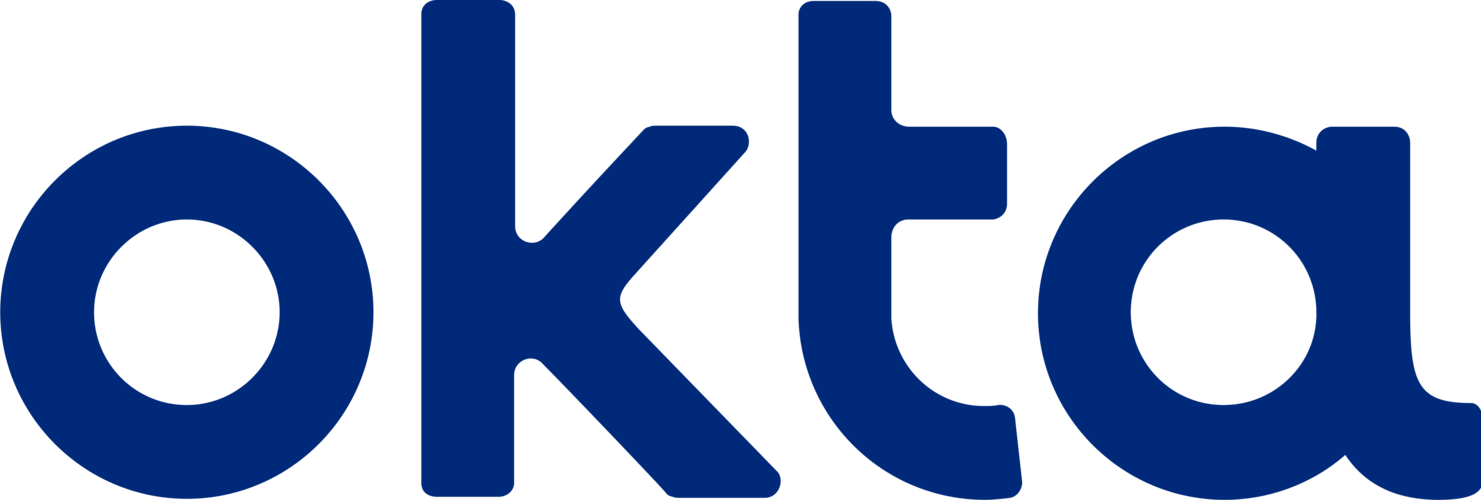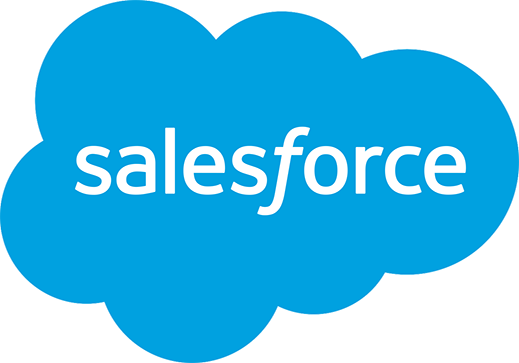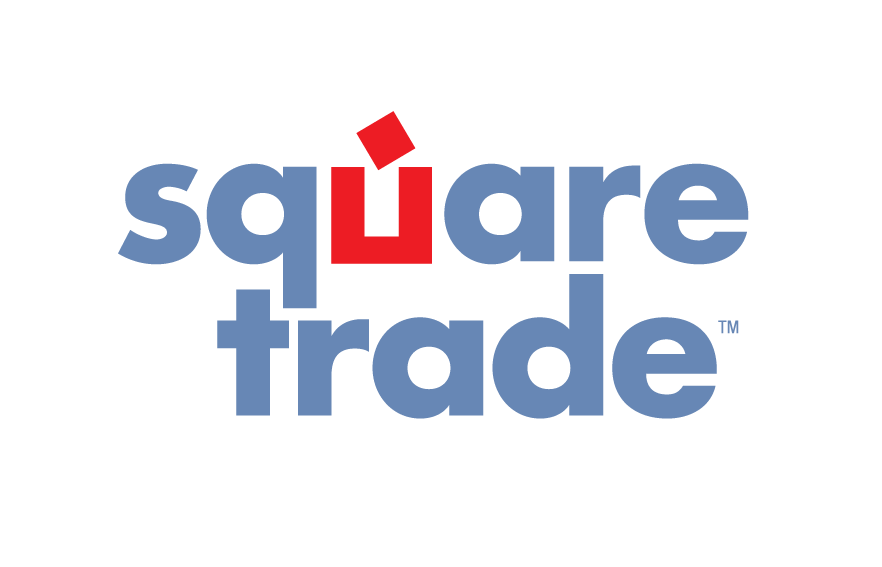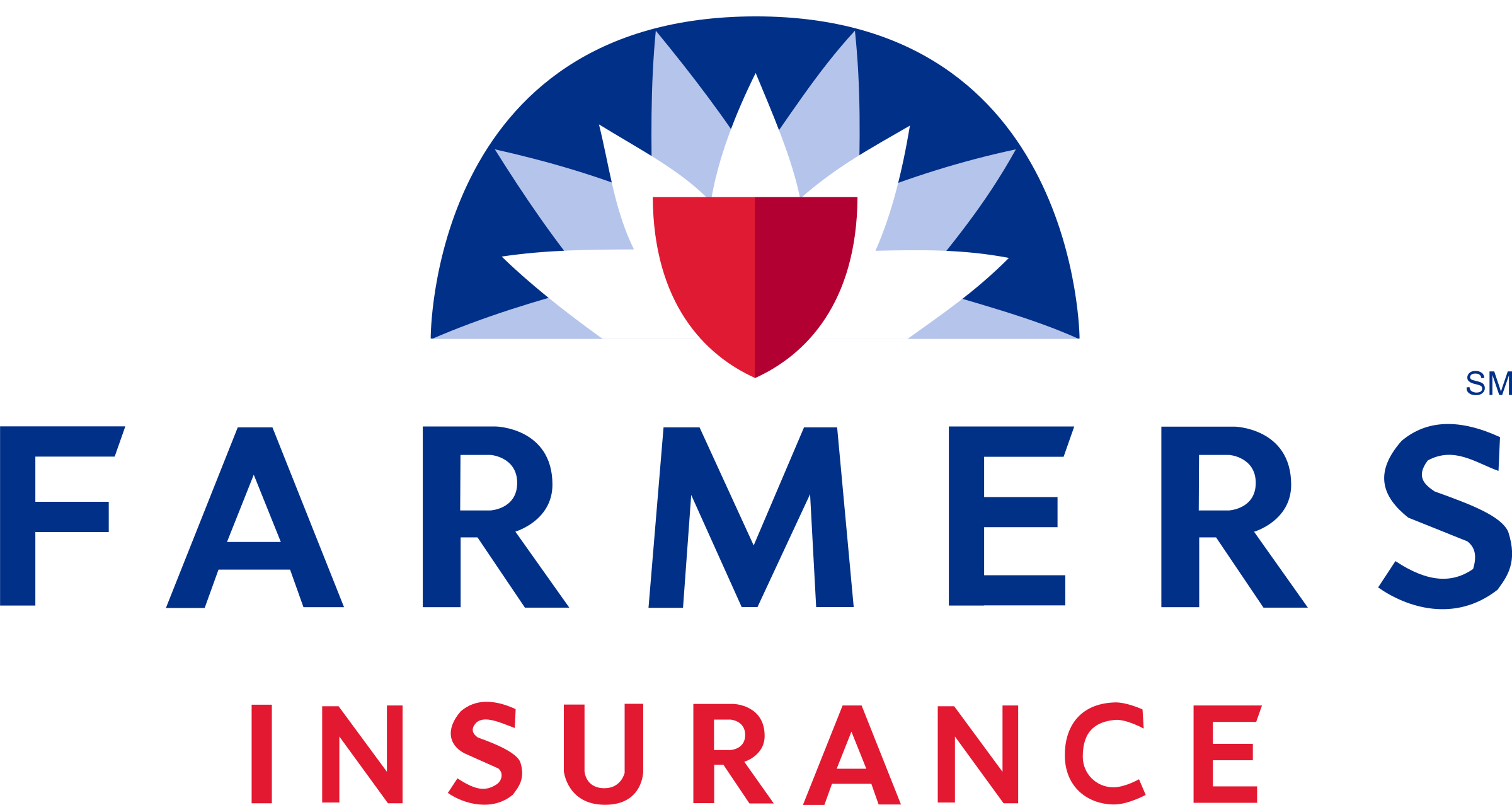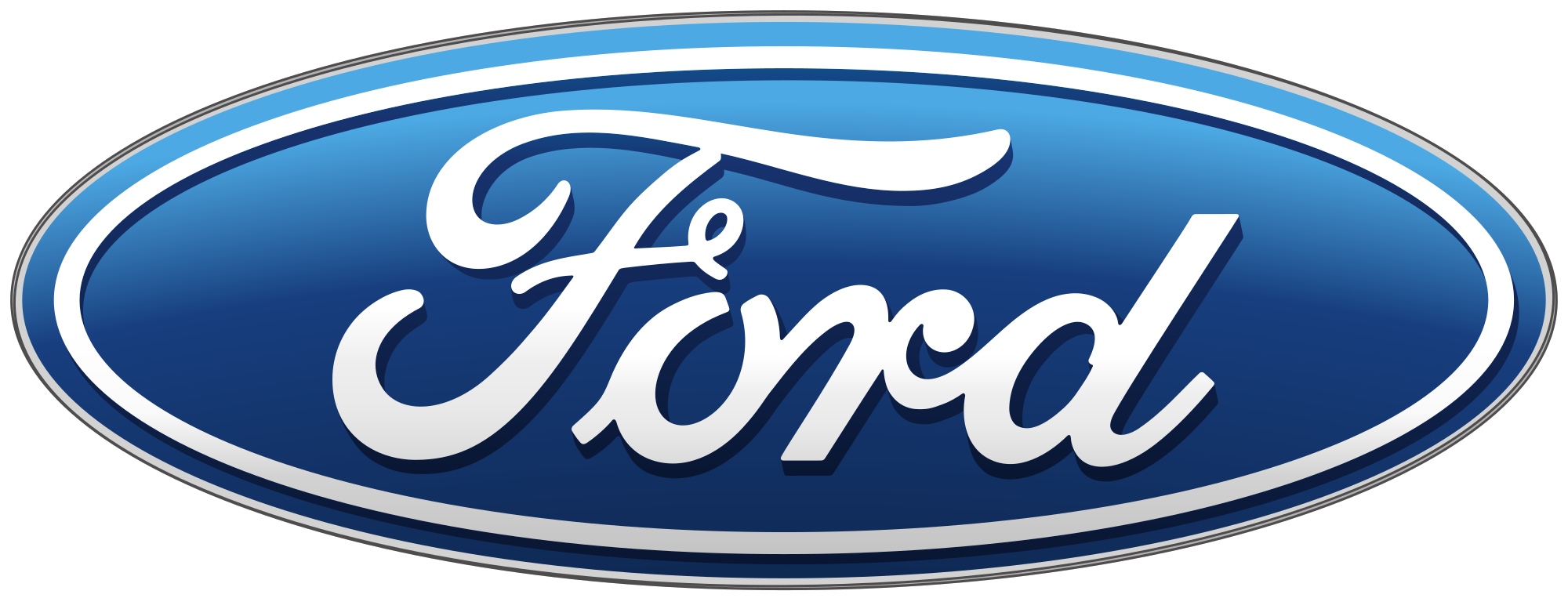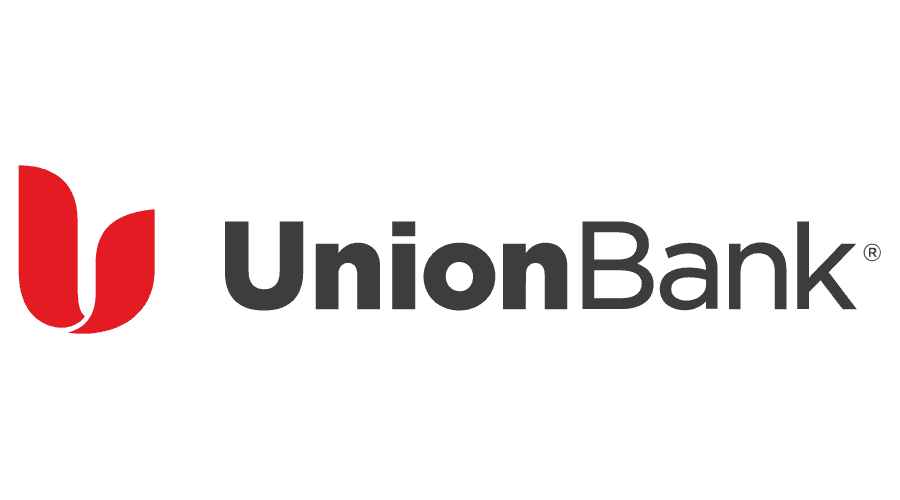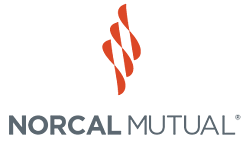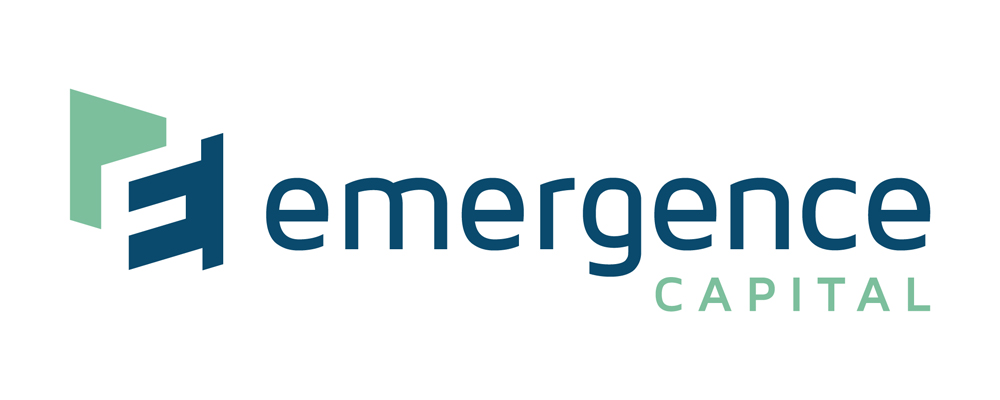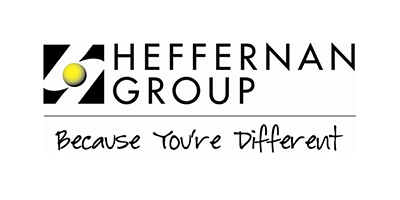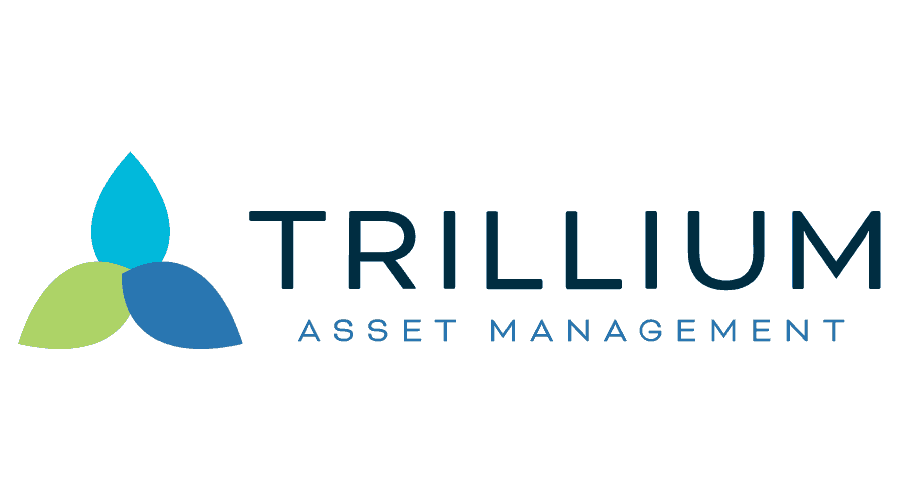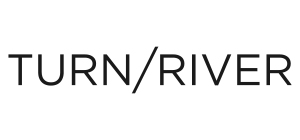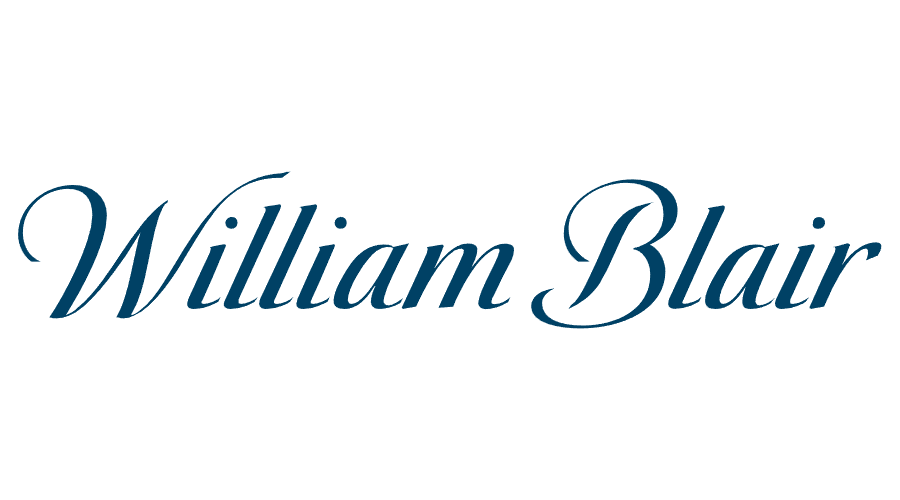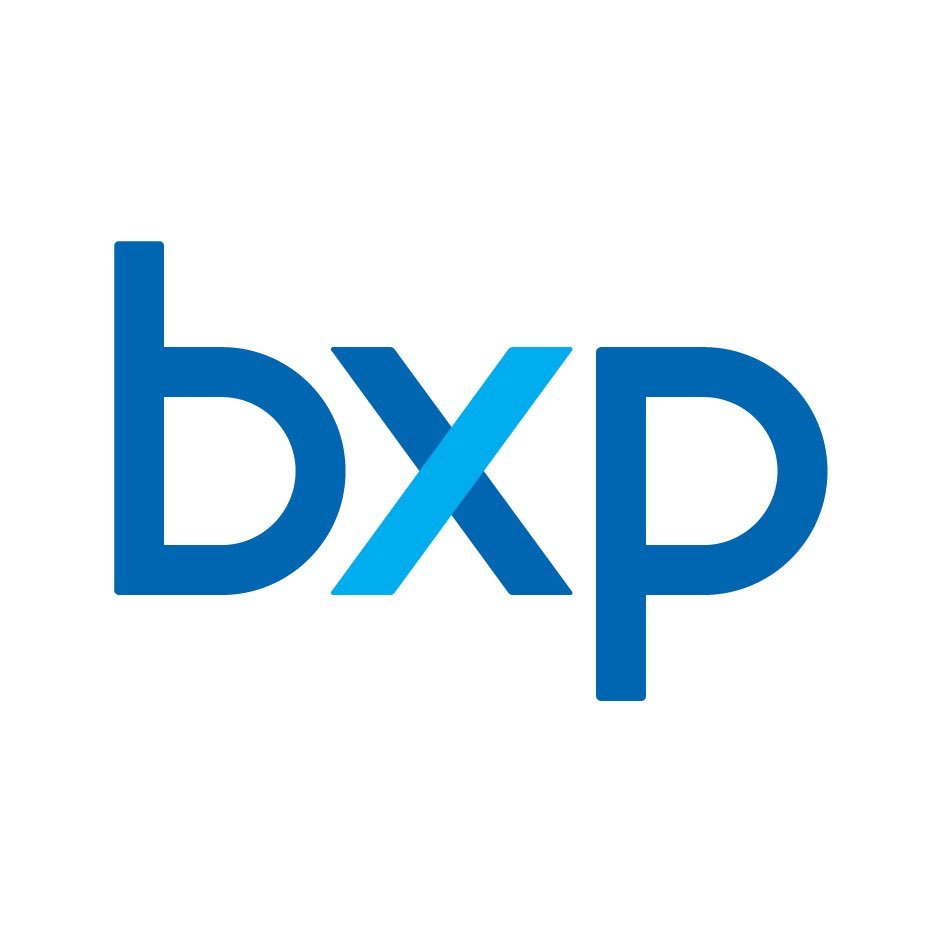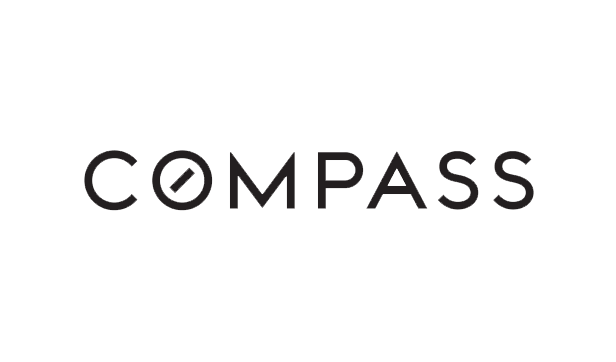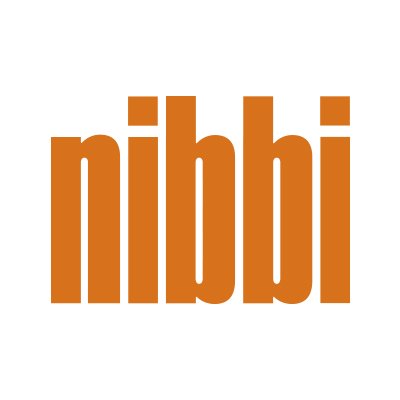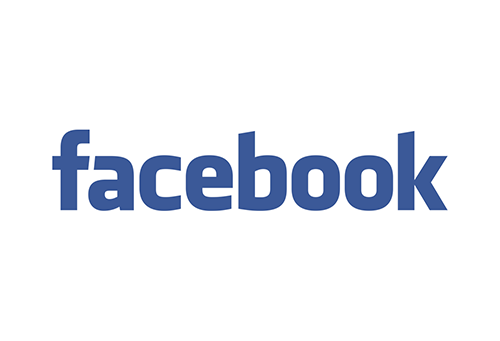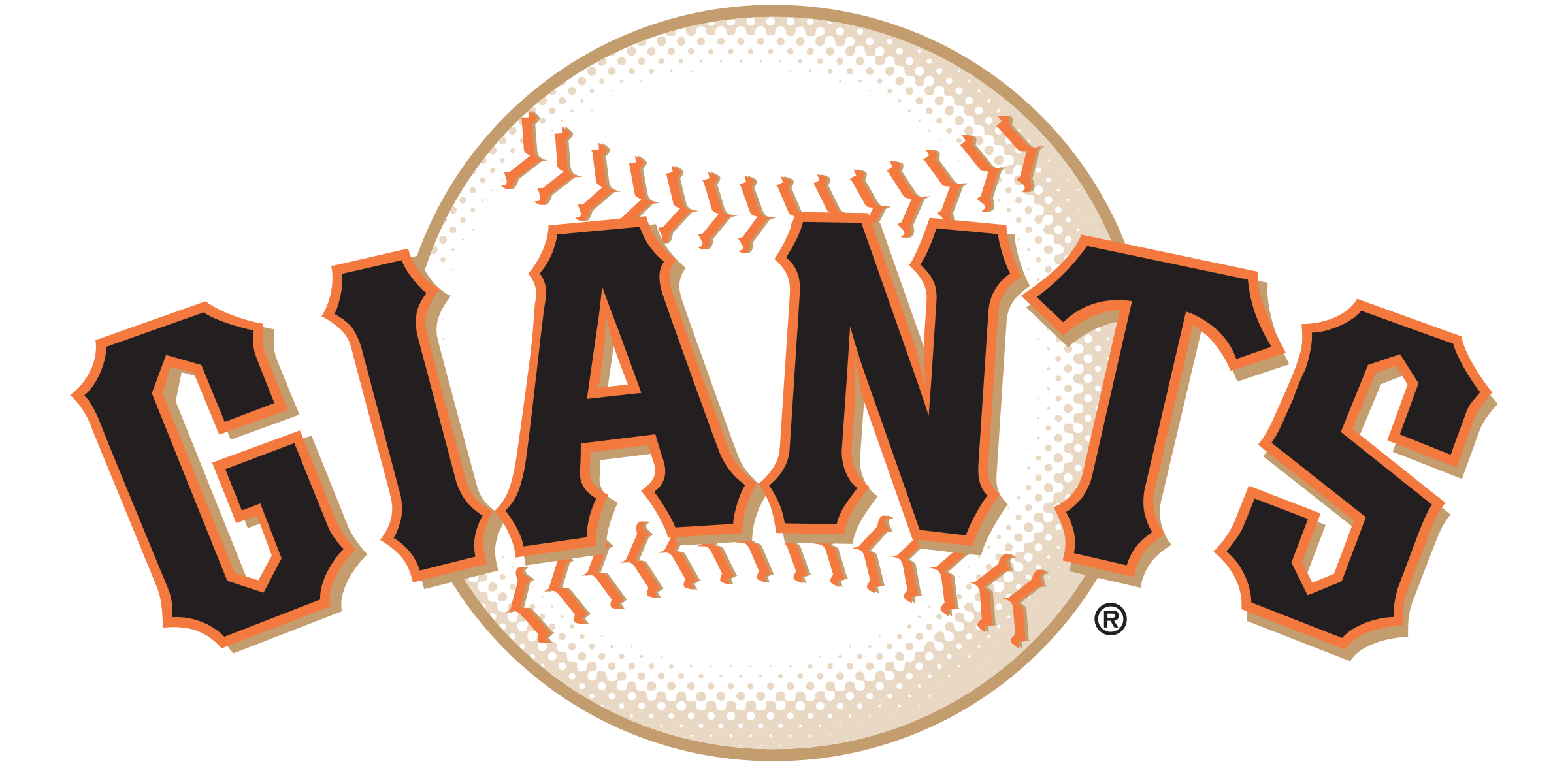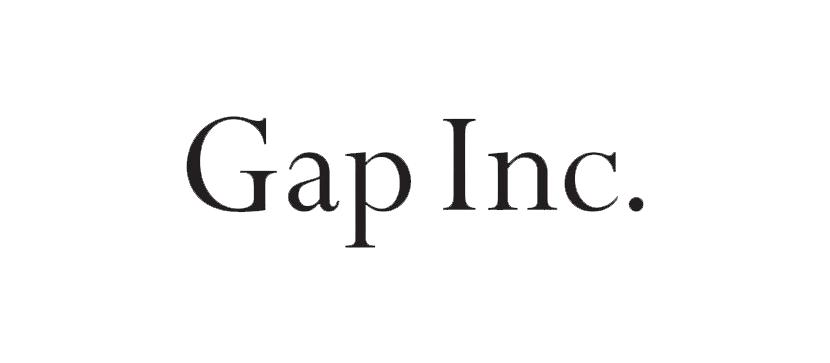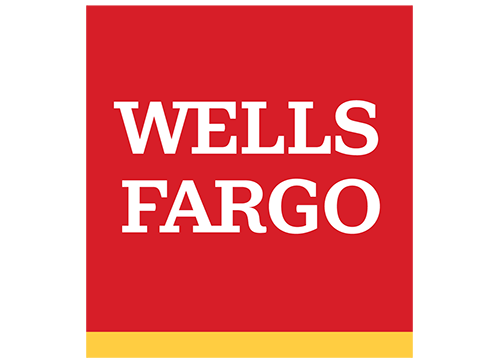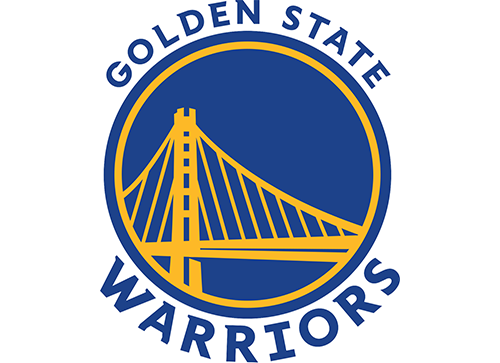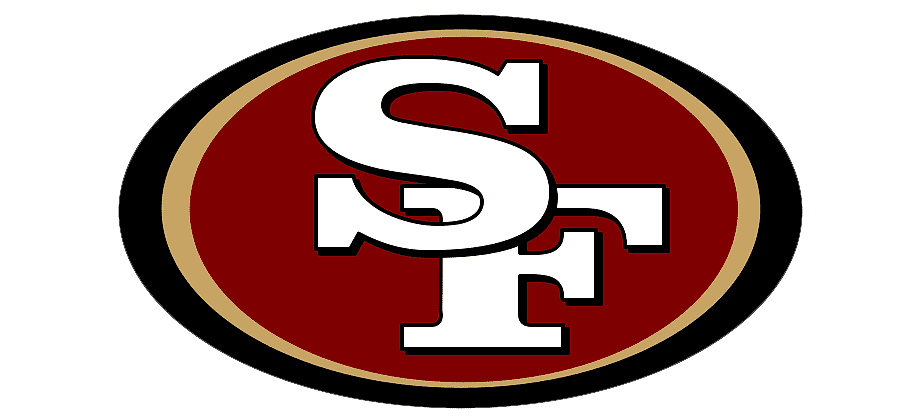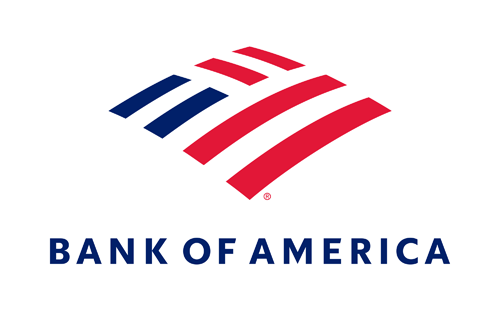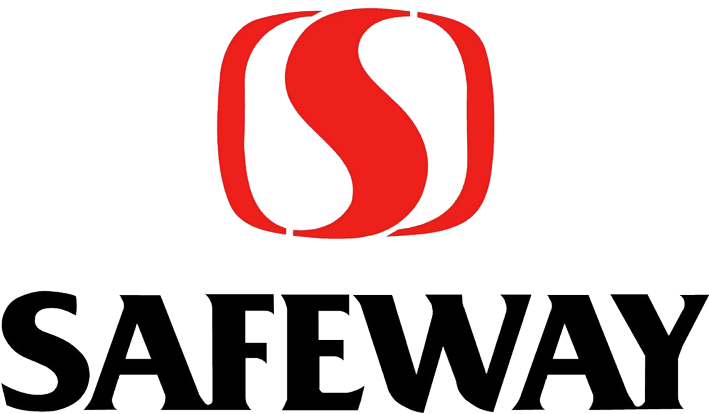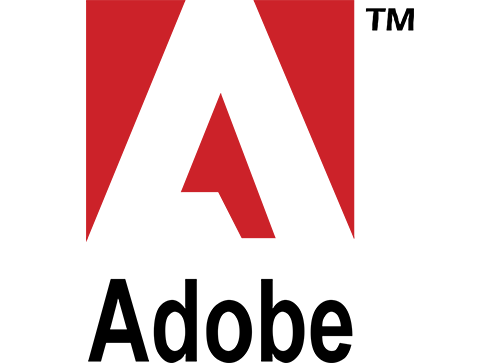Monitoring Our Metaphors
 In America today, 20% of the population owns 84% of the wealth. When there’s so much economic inequality in our country, why aren’t we more upset about it? This article from the Christian Science Monitor maintains that words, and the ways we use them to talk about class and wealth, are at least partly to blame.
In America today, 20% of the population owns 84% of the wealth. When there’s so much economic inequality in our country, why aren’t we more upset about it? This article from the Christian Science Monitor maintains that words, and the ways we use them to talk about class and wealth, are at least partly to blame.
Because differences in income and wealth ownership across society can be hard to wrap our heads around, we’re naturally inclined to employ metaphors that make this issue easier to understand. The most common metaphor we use uequates income inequality to a “gap,” a “gulf,” or some kind of natural chasm or canyon. These are innocuous words that don’t tend to inspire feelings of frustration, consternation, or anger. They also assign a degree of inevitability to economic inequality. Rather than being a result of deliberate and sustained government policy that favors the already-wealthy and diverts economic opportunity away from the traditionally poor, inequality, when described by these words, is made to sound like a natural phenomenon, just as a fissure in the earth is the natural result of shifting plates.
There is certainly nothing natural about the unequal distribution of wealth in the U.S. What are other words we can use to describe the fact that 80% of Americans are left with 16% of our country’s wealth? The article’s author suggests the word “barrier,” which connotes an imposing, man-made wall meant to keep some out and others in. Who has other ideas?
Thanks to former St. Anthony Foundation Development Associate Jen Thom for passing on the article and prompting the conversation! For more thoughts on the power of words and metaphors to influence our actions and understanding, read this NYTimes column.




